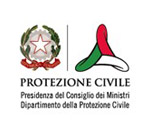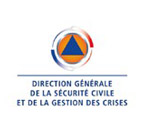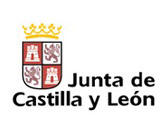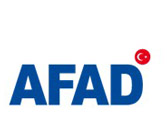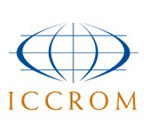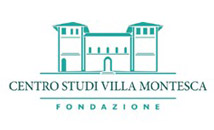More than 70 Disaster Risk Managers and Cultural Heritage Experts from UCPM and International Organisations take stock of the situation and set the scene for the future
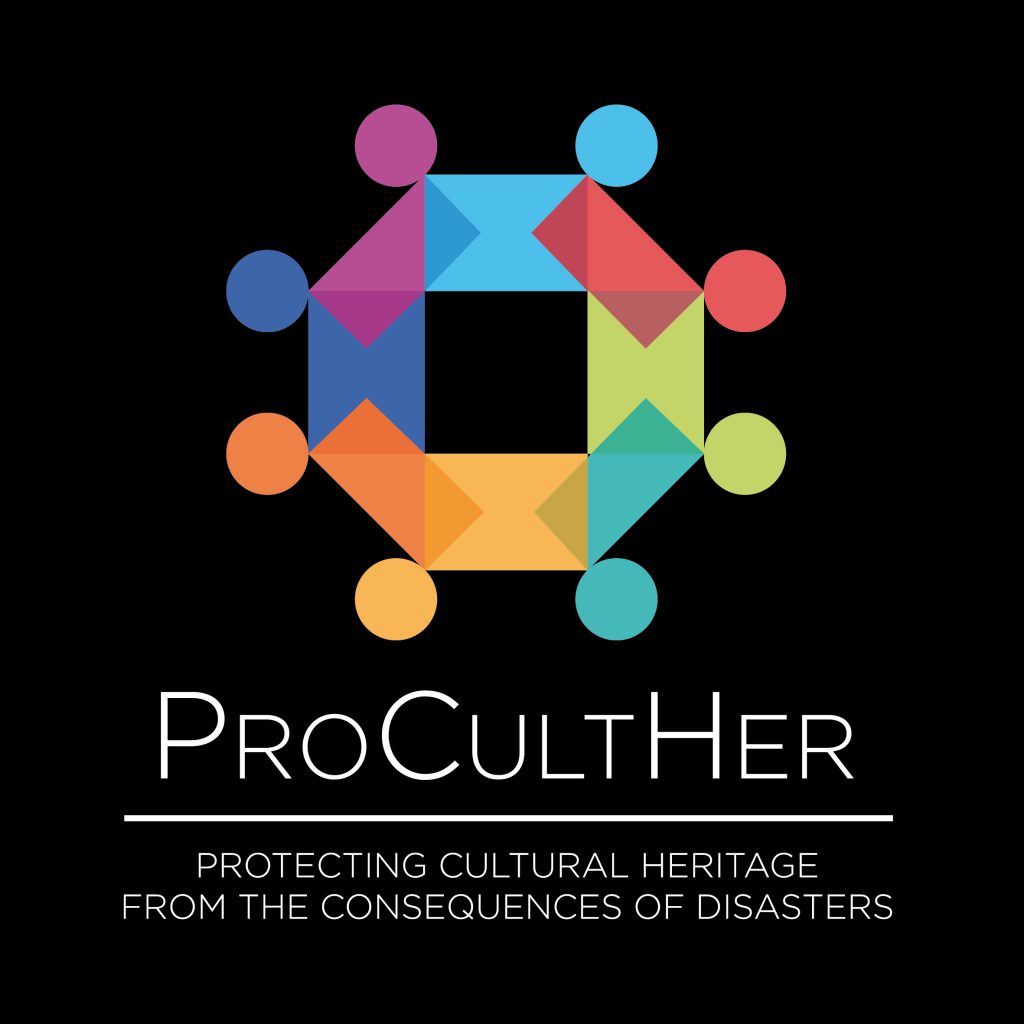
On December 15th, Fabrizio Curcio, Head of the Italian Civil Protection Department, welcomed more than 70 participants in the PROCULTHER Final Outreach Conference convened to close the 3 years of project implementation. In addition to disaster risk managers and cultural heritage experts from the PROCULTHER Partners, the event gathered professionals from the civil protection national authorities, the Ministries of Culture and cultural heritage institutions, museums and universities from 15 UCPM Members and Participating states (1) and Switzerland, as well as representatives from the Directorate-General for European Civil Protection and Humanitarian Aid Operations (DG ECHO), the Directorate-General for Education and Culture (DG EAC), the European External Action Service (EEAS) and UNESCO. In the first part of the event, the project Consortium Partners – Italy, France, Spain, Turkey, ICCROM and VM shared the main lessons learned and developments provided by PROCULTHER’s outcomes to their national and organisational systems as well as their expectations at national and international level.All event participants were then called to provide their feedback on the work performed by PROCULTHER Partners, taking stock of the situation and sharing their expectations on the future initiatives that the Union Civil Protection Mechanism (UCPM) should undertake for the improvement of cultural heritage protection capacities at national and European level.
The opening speech by Mr. Curcio was an opportunity to thank all the experts, coming from both the disaster risk management and cultural heritage sectors, engaged in the process of defining a common European framework for the protection of cultural heritage at risk of disaster led by the Italian Civil Protection, involving not only the PROCULTHER partners but also other UCPM Members and Participating States.
The inaugural speech was then followed by institutional greetings from the High Representatives of the other PROCULTHER Partners: Webber Ndoro, Director General of the International Centre for the Study of the Preservation and Restoration of Cultural Property (ICCROM), Hamza Tasdelen, Deputy Head of the Disaster and Emergency Management Authority – AFAD (Turkey), Gaëlle Lugand from the Ministère de l’Intérieur – Direction Générale de la Sécurité Civile et de la Gestion des Crises (France), Gumersindo Bueno Benito, Director General of the Ministry of Culture and Tourism of the Regional Government of Castilla y León (Spain) and Fabrizio Boldrini from Fondazione Hallgarten – Franchetti Centro Studi Villa Montesca (VM).
The floor was then given to the two European Commission Directorates that have been closely following the implementation of the project since its inception: Ms Giulia Pizzio, for DG-ECHO co-funding the project, who started by sharing the main results from the last edition (2020) of Overview of natural and man-made disaster risks that the European Union may face and proceeded to illustrate the regulatory framework and the UCPM funding opportunities and initiatives in the field of cultural heritage protection, such as the projects financed under the Mechanism’s Prevention and Preparedness Programme. Meanwhile, Ms Anne Grady, from DG EAC, introduced the EU actions implemented for strengthening cultural heritage resilience for climate change (2) through the interdisciplinary cooperation between disaster risk managers and cultural heritage experts.
The last speaker of this introductory session, Ms Fani Farmaki, from DG ECHO, presented the objectives of the European Union Civil Protection Knowledge Network and how the PROCULTHER results will contribute to increase knowledge and capacities within the UCPM.
Giovanni De Siervo, PROCULTHER Director, introduced a session dedicated to the project’s main goals and lessons learned and proceeded to share its main outcomes before giving the floor to Ms Veronica Piacentini, who shared with the audience the “Key elements of a European methodology to address the protection of cultural heritage during emergencies”, highlighting the needs and challenges and suggesting a few proposals arisen by the exchange of expertise during the elaboration process of this document. She then mentioned the other key legacy of PROCULTHER: that is the Shared Standard Operating Procedures (SOPs) that provide the opportunity to define common rules for the activation and deployment of a UCPM lead interdisciplinary asset for supporting national response actions in case of emergency affecting cultural heritage.
Afterwards, each PROCULTHER Consortium Member was invited to express his/her views on the process in place at national and institutional levels to face the multiple challenges posed by the project’s ambitious objectives as well as the repercussions on the Partner Countries’ national emergency preparedness and response systems. Despite the different approaches adopted, the common strengths reported by each Partner were bottom-up approaches adopted to ensure adequate learning processes, enhanced interoperability and reinforced networking among experts coming from the two different sectors, and an increased propensity toward a more holistic and sustainable disaster risk management approach at national and institutional levels.
Finally, the time has come to discuss about international expectations and challenges, as well as the new opportunities the future holds for the growing sector of disaster risk management with a focus on cultural heritage safeguard. This session featured the following speakers: Mr Vasile Rotaru, Head of Sector at the Integrated Approach for Security and Peace Directorate,who explained the initiatives undertaken and the tools implemented by the European External Actions Service (EEAS) to protect cultural heritage in war contexts, and Mr Matteo Rosati, from the UNESCO Regional Bureau for Science and Culture in Europe, who expressed great satisfaction with the outcomes achieved by PROCULTHER as they are perfectly in line with the initiatives advocated by his Organisation, and then confirmed UNESCO’s intention to continue supporting such kind of initiatives, also by facilitating the dissemination of their results.
In conclusion, the Partners presented their own plan of action and proposals for the next steps to be taken at local, national, and European level. Starting from a reinforced regulatory framework, an enhanced coordination between civil protection and cultural heritage institutions and consequent reorganization of existing capacities and resources in this field, it is worth mentioning that they all agreed on some key priorities:
- Creating national pool of experts covering different areas of expertise that can be mobilised within the UCPM framework
- Strengthening synergies with other projects or initiatives focused on the protection of cultural heritage at risk of disaster
- Raising awareness among first responders though trainings, also by capitalizing on the tools and methodology proposed by PROCULTHER
- Promoting and joining all initiatives from the EU Civil Protection Knowledge Network.
Finally, the enthusiastic feedback received and eagerness to contribute by the participants, provided the PROCULTHER Consortium members with a new impetus for the PROCULTHER NET project, the next initiative foreseen in the framework of the UPCM from 2022. This project, co-funded by the DG-ECHO, will focus on strengthening and consolidating a thematic community focused on the protection of cultural heritage at risk of disaster within the EU Civil Protection Knowledge Network.
For its implementation the PROCULTHER project partners will work together with the Federal Agency for Technical Relief – THW and the German Archaeological Institute – DAI (Germany), the Faculty of Engineering of the University of Porto – FEUP (Portugal) and the Suor Orsola Benincasa University – UNISOB (Italy).
(1) Belgium, Bulgaria, Croatia, Cyprus, Germany, Greece, Hungary, Ireland, Latvia, Luxembourg, Norway, Serbia, Poland and Slovenia

